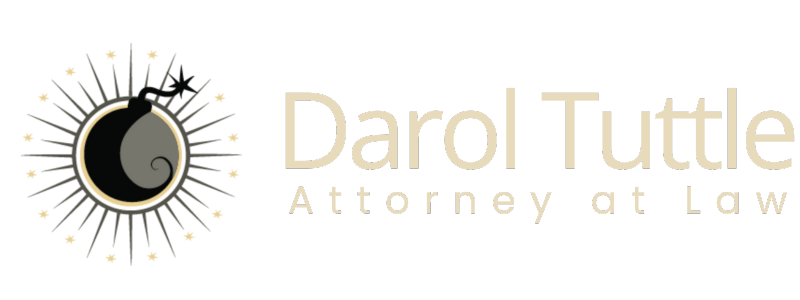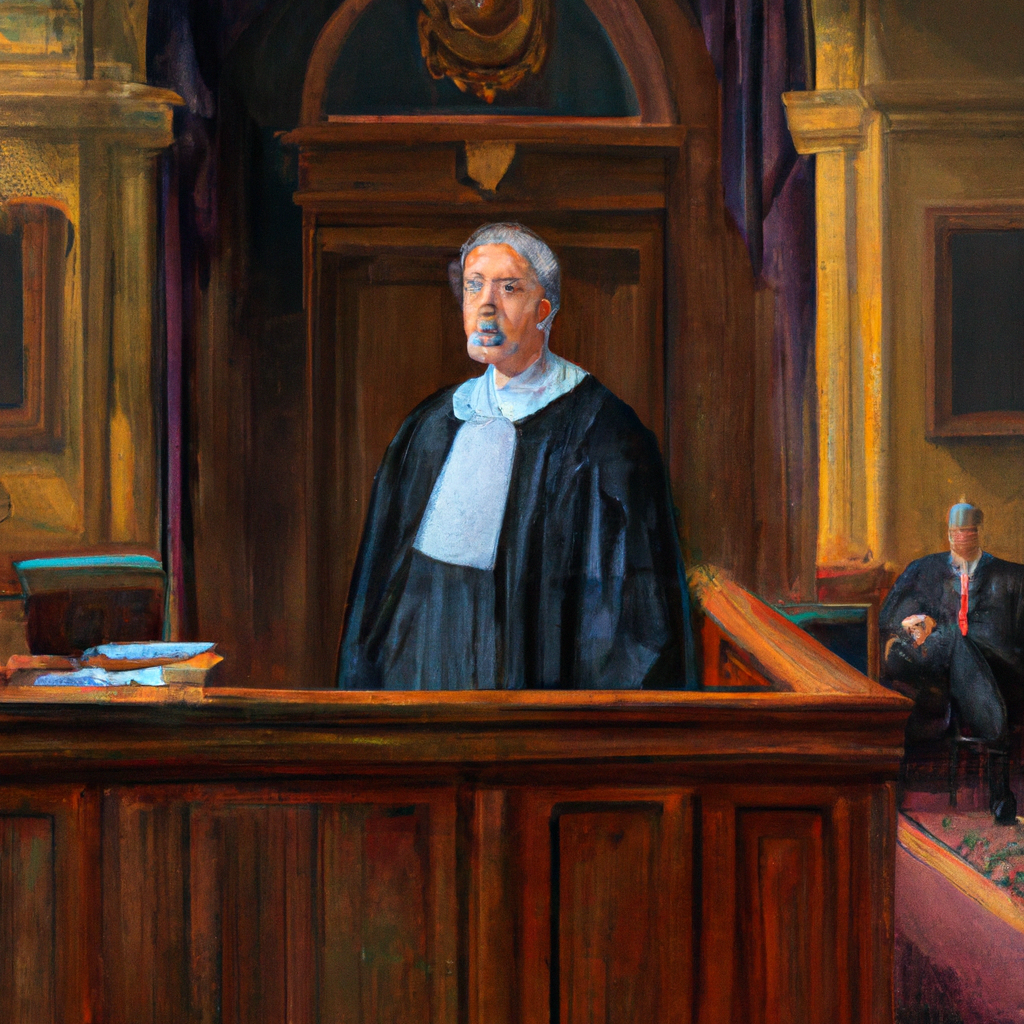Have you ever wondered what happens to a person’s debts when they pass away, or have you experienced it firsthand through a friend or loved one? Imagine thinking that everything was in order after a loved one’s death, only to be blindsided by a creditor’s claim. You might have thought that all their assets would go directly to their heirs, but surprise! Creditors often have the right to step in and demand repayment from the estate. In this exploration, we’ll delve into the often-overlooked process of debt and creditor claims in probate and how it can affect the distribution of assets.
In many ways, this problem stems from the law’s sluggish response to societal changes. From the 12th to the 16th century, real property was conveyed exclusively by a written instrument called a “will,” while personal property was conveyed by a “testament.” The legal system’s significant advance in forward-thinking was to combine the two into the modern “Last Will and Testament.”
History plays a crucial role here. Probate was invented by William the Conqueror, of 1066 fame. William invaded England, conquered it all, and then dispersed it all to his allies. However, he invented probate to protect the Crown’s interest when an estate owner died, allowing the Crown to seize the estate if the owner died without a qualified heir.
Our legal system is based on the principle of “stare decisis.” When settling a current controversy, courts look at how past courts resolved similar situations and consider the earlier analysis as a rule of law. The unintended consequence of this is that the law, along with judges and lawyers, often looks backward for solutions. Due to this collective personality trait, the probate system we have today is not that different from the one William the Conqueror invented. Meanwhile, the Middle Ages ended, and over centuries, the world saw staggering advances in technology, market expansion, and population growth.
How the Law Fell Behind and the Problem it Created

The next pivotal event defining the problem before us occurred in 1929. Although this is the year the stock market collapsed and triggered the Great Depression, it was the public release of the first mutual fund, the Massachusetts Investors’ Trust, that eventually caused a profound split between legal and financial services, affecting millions of Americans.
While the law continued to look backward, Wall Street recognized that average Americans were priced out of the market. In 1928, the average price of a single share of GE was about $300, while the average annual income of Americans was just over $1,000. When stocks were bundled and sold at fractions of that price, everyday working-class people could accumulate wealth.
This innovation led to a financial revolution in which Wall Street rolled out financial products like widgets on a conveyor belt. To gain market share in an increasingly competitive landscape, these products began to include quasi-legal features, including probate avoidance. This desire, to accumulate wealth and control its transfer to family and friends from within the financial product via the beneficiary designation provided by the financial institution that sold the the product.
Examples of financial products since 1929
- Savings Bonds: The U.S. government introduced savings bonds during World War II as a way to fund the war effort while providing a safe investment for the public.
- Credit Cards: The first universal credit card was introduced by Diners Club in 1950, revolutionizing consumer credit.
- Money Market Funds: These were introduced in the 1970s as a way for investors to earn higher returns than traditional savings accounts while maintaining liquidity.
- Exchange-Traded Funds (ETFs): ETFs were introduced in the early 1990s, offering a way to invest in a diversified portfolio of assets that can be traded on stock exchanges like individual stocks.
- 401(k) Plans: Introduced in the late 1970s and early 1980s, 401(k) plans allowed employees to save for retirement with tax advantages.
- Socially Responsible Investing (SRI): Gaining traction in the mid-20th century, SRI focuses on investments that consider environmental, social, and governance (ESG) criteria. Notable developments include the launch of the Domini Social Index in 1990 and the UN Principles for Responsible Investment in 2006.
- Cryptocurrencies: Bitcoin, launched in 2009, pioneered the cryptocurrency market, which has since expanded to include thousands of digital currencies.
- Robo-Advisors: Emerging in the 2010s, robo-advisors use algorithms to provide automated financial planning services with minimal human intervention.
The Problem Defined
This, the expansion of convenient, nonprobate transfers has caused a problem because probate includes the only method to discharge creditor claims against the estate. When settling an estate in probate, the order of asset distribution follows a specific legal hierarchy. This can vary slightly by jurisdiction, but the general order is typically: payment of debts and obligations, including funeral and burial expenses, estate administration expenses, and the deceased’s debts and liabilities; taxes, including federal estate taxes, state inheritance or estate taxes, and any unpaid income taxes owed by the deceased; specific bequests to named beneficiaries as outlined in the will; and finally, the residuary estate, which is distributed according to the will’s instructions or, if there is no will, state intestacy laws.
The order of estate distribution
Payment of Debts and Obligations:
- Funeral and burial expenses.
- Estate administration expenses (executor fees, court costs, attorney fees).
- Debts and liabilities of the deceased (medical bills, credit card debts, mortgages).
Taxes:
- Federal estate taxes, if applicable.
- State inheritance or estate taxes, if applicable.
- Any unpaid income taxes owed by the deceased.
Specific Bequests:
- Distribution of specific assets to named beneficiaries as outlined in the will (e.g., a specific piece of jewelry to a relative, a sum of money to a charity).
Residuary Estate:
- Distribution of the remainder of the estate (the residuary estate) according to the will’s instructions. If the will does not specify, or if there is no will (intestate), then the distribution follows state intestacy laws.
Heirs at Law (if there is no will):
- Spouse and children: Most jurisdictions prioritize the spouse and children of the deceased.
- Parents and siblings: If there are no surviving spouse or children, parents and siblings may inherit next.
- Extended family: Further extended relatives (grandparents, aunts, uncles, cousins) inherit if there are no closer relatives.
Probate avoidance also means avoiding creditor protection
The order of priority in estate settlement protects the rights of a creditor before the rights of beneficiary. Recognizing that unsettled claims and the reality that many estates are illiquid or insolvent, probate law developed a strict procedure in which claims are paid or forever barred. Executors are required to notify creditors of the decedent’s death, giving them the opportunity to file their claims. Creditors must file their claims within a specific period, usually a few months, and valid claims are then paid out of the estate’s assets. Once the probate process is complete, beneficiaries receive their inheritance free of any outstanding creditor claims, providing a discharge of liability that protects the beneficiaries from future claims.
However, avoiding probate means bypassing this structured creditor claims process, which can have significant implications. Without the formal notification process provided by probate, creditors may not be aware of the decedent’s death and, therefore, may not file claims in a timely manner. This can result in unsettled debts, as creditors may still pursue claims against the beneficiaries or the transferred assets after the fact. In some cases, beneficiaries might face personal liability for the deceased’s debts if proper steps are not taken to settle these debts beforehand. Furthermore, creditors might challenge the transfer of assets outside of probate, potentially leading to legal disputes and even the reversal of asset transfers.
Cautionary guidance
Balancing the benefits of probate avoidance with the need for creditor protection is crucial in estate planning. Estate planners should consider including provisions to address potential creditor claims, even when using nonprobate transfers. Conducting a thorough review of all debts and obligations before deciding on probate avoidance strategies is also essential. Seeking legal advice to navigate state-specific laws can ensure that both probate avoidance and creditor protection goals are met effectively.
The intersection of probate law, financial innovation, and creditor rights creates a complex landscape for estate planning. While the evolution of financial products and nonprobate transfers has provided opportunities for individuals to manage their wealth more efficiently, it has also introduced challenges, particularly regarding creditor claims. Understanding the historical context, the development of legal principles, and the modern implications of probate and nonprobate transfers is essential for making informed decisions.
By recognizing the potential pitfalls and benefits of probate avoidance, individuals can better prepare for the distribution of their assets, ensuring that their wishes are honored and their heirs are protected. Engaging with knowledgeable legal and financial professionals can provide the guidance needed to navigate this intricate field, balancing the desire for probate avoidance with the necessity of addressing creditor claims.
Conclusion
As we look to the future, it is imperative that the legal system continues to evolve, reflecting the realities of contemporary society while safeguarding the interests of both heirs and creditors. Only through such adaptive and forward-thinking approaches can we ensure a more just and efficient process for settling estates.




